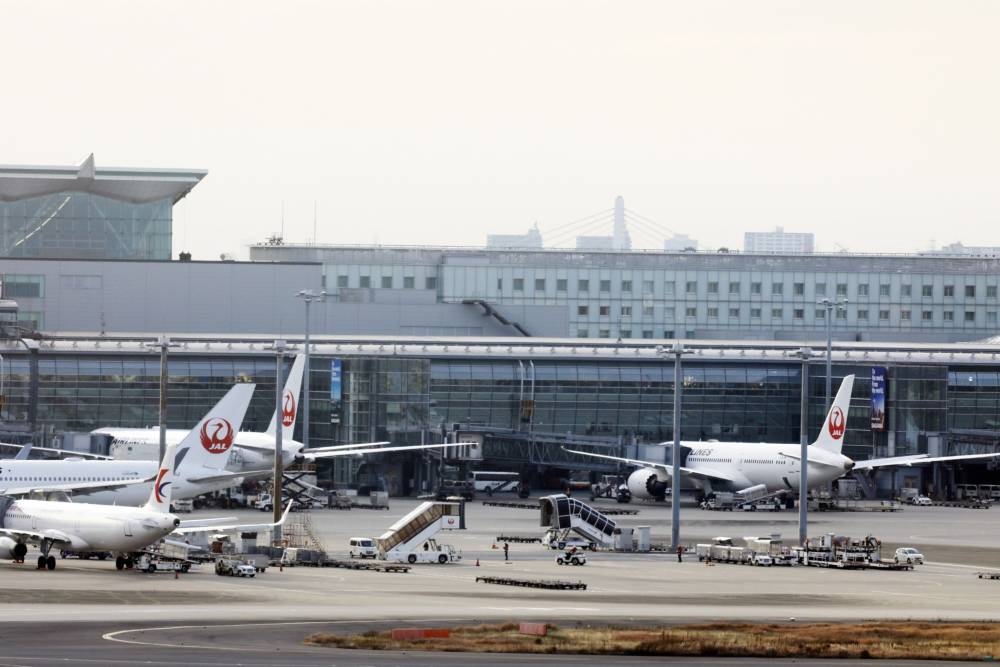
At Haneda, one of the busiest airports in the world, a Japan Airlines (JAL) Airbus A350 passenger plane had collided with an earthquake relief aircraft on the runway – killing five people – and the crew had just minutes to ensure all passengers were evacuated before flames consumed the entire plane.
All 379 people on JAL flight 516, including eight children under the age of two, were safely evacuated – a feat that surprised aviation experts and has been described as miraculous by some on board.
Meanwhile, of the 15 accidents reported in the first half of 2023, only one was fatal, according to the global body of airlines – IATA.
With 18.2mn sectors flown in this period, air transport remains the safest mode of travel with 0.82 accidents per million sectors, noted Nick Careen, senior vice-president (Operations, Safety & Security) at the International Air Transport Association.
The accident data from the first half of 2023, while it only represents six months, compares generally well with the rolling average of the past five years (2018-2022).
In the Middle East, the region was tracking at 1.2 accidents per million flights (in the first half of 2023) —slightly higher than the global average. But it was tracking towards an improvement on the region’s full year 2022 performance, which was 1.3 accidents per million flights.
At a recent media event, Careen said six regions saw improved safety performance in the first half of 2023 compared to 2022.
In North America, there were five accidents in the first half of the year, all of which involved substantial damage to the aircraft but none of which resulted in a hull loss.
These included a tail strike, ground damage, hard landing, in-flight damage (hail), and landing gear collapse.
Asia-Pacific experienced two accidents in the 2023 first half, including the fatal accident mentioned above and a tail strike.
Both regions’ first-half performance declined compared to the previous full year but were improved compared to the five year average.
The first half of the year also saw an increase in accidents to IATA member airlines.
But none of these accidents involved fatalities or a hull loss. The accident rate in the first half of 2023 exceeded the full year 2022 rate but was below the five-year average.
“While the ongoing long term improvements in safety performance are encouraging, continuous efforts and vigilance are required to sustain and further enhance safety levels in the aviation industry,” Careen pointed out.
“We can also be impressed by the industry’s safety record,” points out Willie Walsh, IATA Director General.
This year marks 20 years of the IATA Operational Safety Audit (IOSA). In September 2003, Qatar Airways was the first to join the IOSA registry.
Today, over 400 airlines are on the registry. It is the global standard for managing operational safety.
More importantly, it is clear that IOSA helps to improve safety. In 2022, IOSA registered carriers outperformed those not on the registry by a factor of four.
“It is never ‘job done’ on safety. So, we are marking two decades of success by making IOSA even more effective with a transition to a risk-based approach.
“Of course, IOSA is not the only global standard improving safety. We prevent future accidents by learning from accident reports.
“But, of the 214 accidents in the last five years, only 96 final accident reports are available. This is an inexcusable violation of the Chicago Convention and a disservice to the safety of our passengers and crew. Governments and their agencies must improve.”
Walsh noted IATA is creating the world’s most comprehensive database for aviation safety through its Global Aviation Data Management (GADM) initiative.
“We don’t yet have a comprehensive picture of the Mena region due to limited contribution by airlines from this region. But by contributing, you’ll enable us to have the complete picture of safety performance and that in turn we enable you to analyse trends and events that may not yet be evident to you or highlight issues that appear specific to your area of operation.
“A good example of this data at work is our analysis of GPS signal loss. We have numerous reports from carriers operating in the region on GPS signal loss, which could potentially be a result of GPS jamming or GPS signal interference. Knowing this from contributed data is helping our work with ICAO and others in finding solutions,” Walsh added.
Aviation is incredibly safe around the globe. And the performance of the Middle East region’s carriers is no exception.
The goal must always to be to improve. And at these very high levels of safety performance, the best way to improve performance is through detailed data analysis.
Pratap John is Business Editor at Gulf Times. Twitter handle: @PratapJohn


